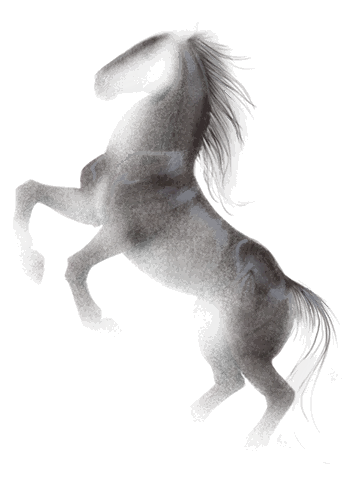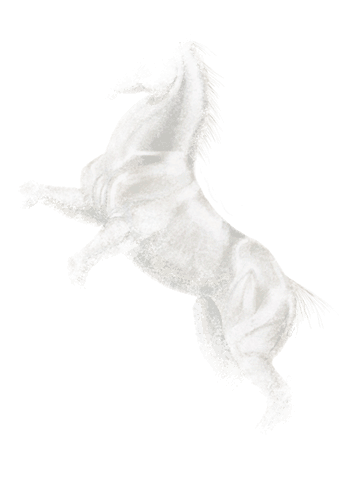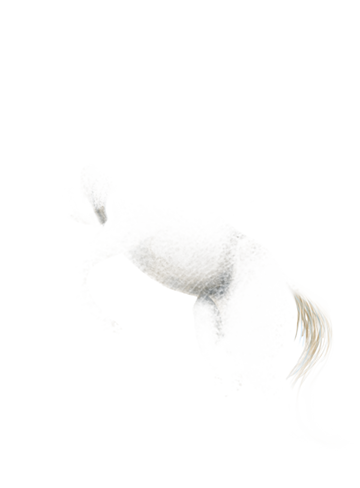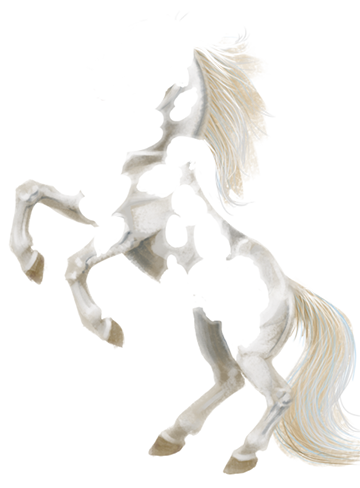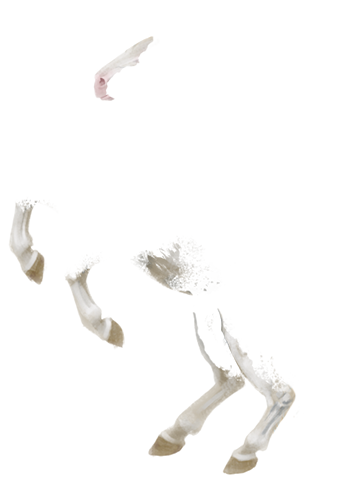
Jump to Game Window Jump to Game Window
The Agouti gene is responsible for one of the most common horse colorations, the bay. It's a modifier gene which restricts black eumelanin pigment to a horse's lower legs, mane, and tail. This means that while a chestnut horse can carry the dominant Agouti gene, the bay coloration will only be visible on a black horse. Afterall, the Agouti gene can't restrict a chestnut's black pigment, because a chestnut has no black pigment!
Different than most genes, the Agouti has more than two possible alleles. It has a total of four! Of course, this would mean that there can't be a simple dominant and recessive relationship. Instead, there's an order of dominance with each allele having its place. You can see this for yourself by cycling through the Agouti alleles below.
The most recessive allele, denoted as "a," does nothing and is therefore the only one that allows a horse to remain its original black. Being the most recessive among four different alleles, however, means it is easily overwritten. This is part of the reason that black horses are so uncommon.
One step up from this is is the allele denoted as "At." It restricts black pigment from the soft areas of a horse's body, resulting in the coloration known as seal brown.
The most commonly found allele, and the one which was first discovered, is denoted as "A" and causes the normal bay coloration. A regular bay will have black on its legs extending up to or above its knees. Its mane and tail will be black, and it may even have black tips on its ears.
Finally, the most rare of all the Agouti alleles is the "A+" allele. It creates a wild type bay which will have a black mane and tail like a regular bay. However, the black on its legs only extends as high as the pastern (ankle) and often the horse's red color is somewhat lighter.
The wild bay pattern was widely believed to be the most dominant agouti allele. This was partly because in the other 3 agouti alleles the most black restrictive were dominant, and also partly because a similar gene found in other mammals operates that way as well. However, due to its rarity and the lack of a genetic test which can detect it, research has not yet proven this. There are also reports of wild bays being born to bay parents, which would suggest it could not be the most dominant. Some even go so far as to theorize that it may be a separate gene entirely rather than an allele of Agouti. Further research is needed to shed light on this issue.
Previous: Extension - Home - Next: White or Grey?Jump to Complete Genetics

